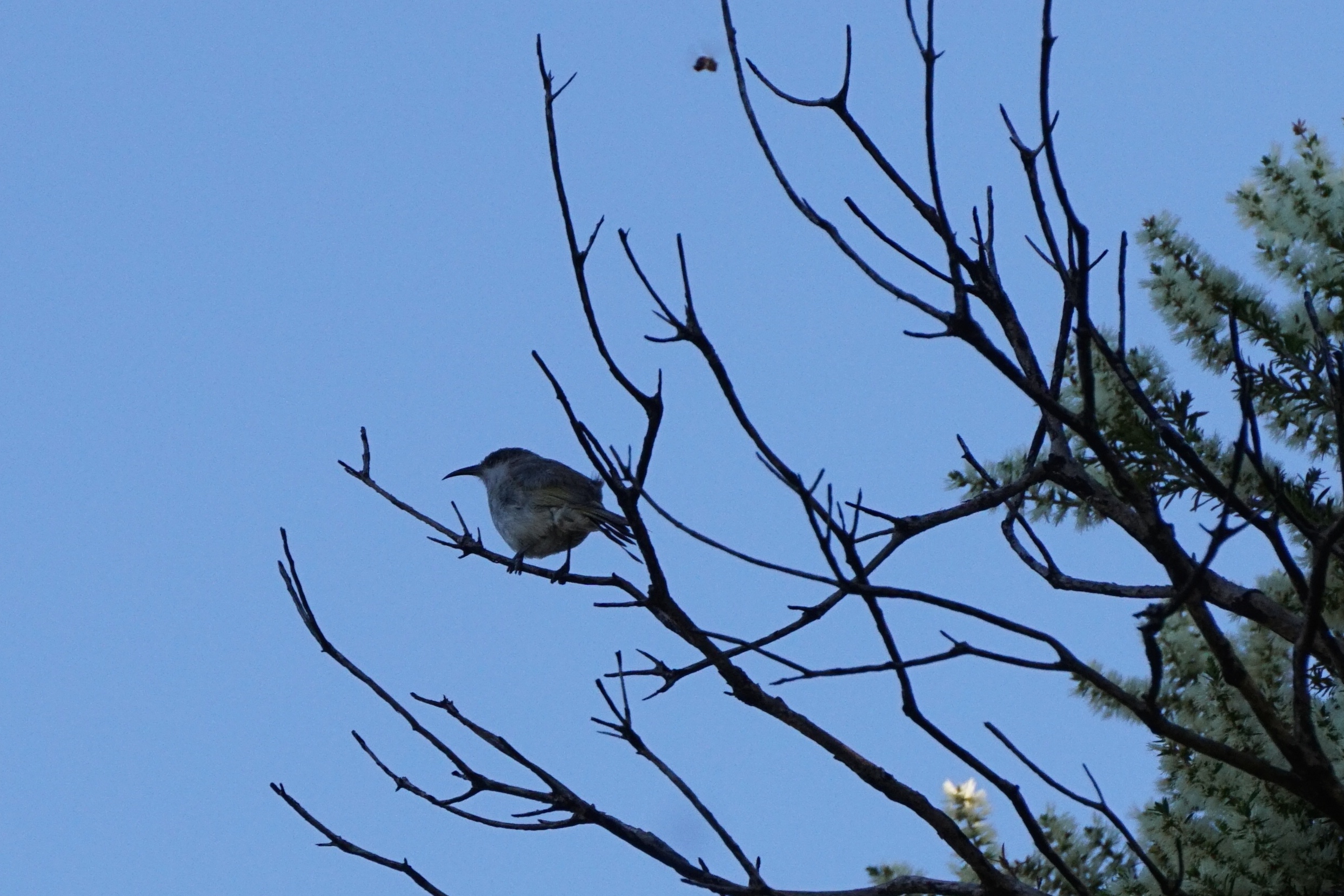It has been a fairly busy month or so tidying the orchard trees, preserving the bountiful lemons, and of course getting firewood for our wood fire!
We generally do a summer prune, and a fairly light prune in winter but there has been so much growth on most of the fruit trees that we have just done a fairly thorough winter prune on most trees. It was a bit late for the apricots so they have been left, but everything else was reduced in height to ensure they can be easily netted and harvested.

Pruned and tidied orchard
We have had some bumper crops this last season, so a good tidy up was certainly needed! Also most of the trees are now big enough to remove the metal surrounds we had surrounding them so the geese and turkeys didn’t damage them. This makes it so much easier to whipper snip, fertilise and generally tend each tree.

Couple of remaining surrounds protecting the growing trees
Our lemon tree has been thriving, as lemon trees so often do! We have cut many into wedges for the freezer (ideal for adding to a refreshing drink- whether it is just water or gin and tonic!), and made lots of Lemon and Mustard Seed Chutney to add to the couple of remaining jars from last year. This chutney is a real favourite of ours and used almost daily.

Lemon and Mustard Seed Chutney
We have also sowed our ‘clucker tucker’ areas, adjoining the chook run. This provides a good supply of green food for the poultry when we need to leave them locked up in their pens.

Clucker Tucker
We recently purchased some more guinea fowl which were added to one of the clucker tucker areas to get accustomed to our place. In another week we will let them out to join our others, who free range the property.

New additions
As if there aren’t enough mouths to feed, we have been including a pair of Pacific Black ducks who are regular visitors to the dam and now the food supply!

Wildlife joining in
And another major bee event- we moved our Langstroth from the front paddock because with all the tree growth it is now in pretty constant shade, and hadn’t really thrived over the warmer months. We used the same procedure as when we moved the Warre some time ago- the hive was closed up one evening when the bees were inside, strapped up and tied to a trolly, and moved to its new location nearby the other hives.

Moving the strapped up hive
The hive stayed closed for three days, and a bush placed at the entrance. When the entrance was opened, the bees are forced to reorient due to the bush in the entrance. So far so good, there is coming and going from the hive and even bees taking pollen in. The plan in the warmer weather is to transfer the frames from this Langstroth to the new horizontal hive which was placed behind it ready. The horizontal hive uses all Langstroth components so is easily interchangeable (unlike when we have transferred to or from Top Bar and Warre hives), and has the huge benefit, like the Top Bar, of not needing to lift a full super. Unlike the Top Bar though, it will be easier to manage, and harvest, as it uses the Langstroth frames.

Horizontal hive ready for the transfer
























